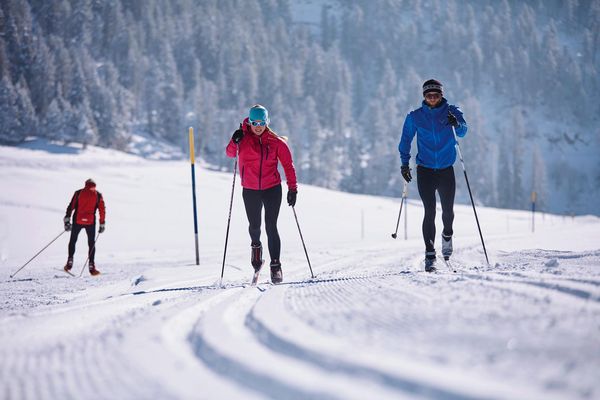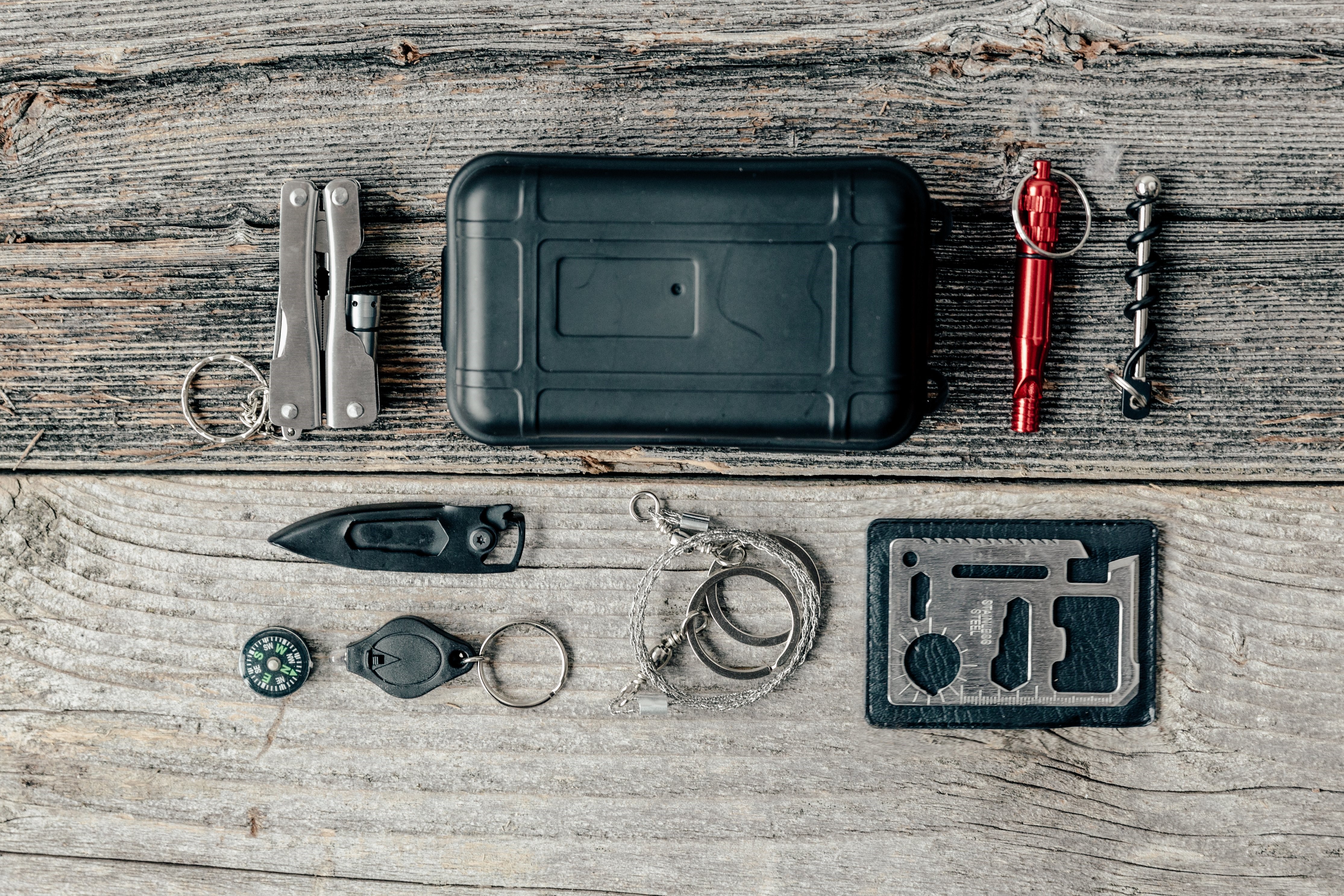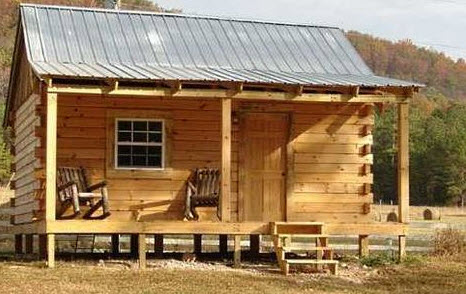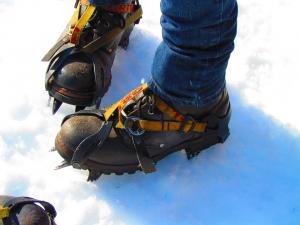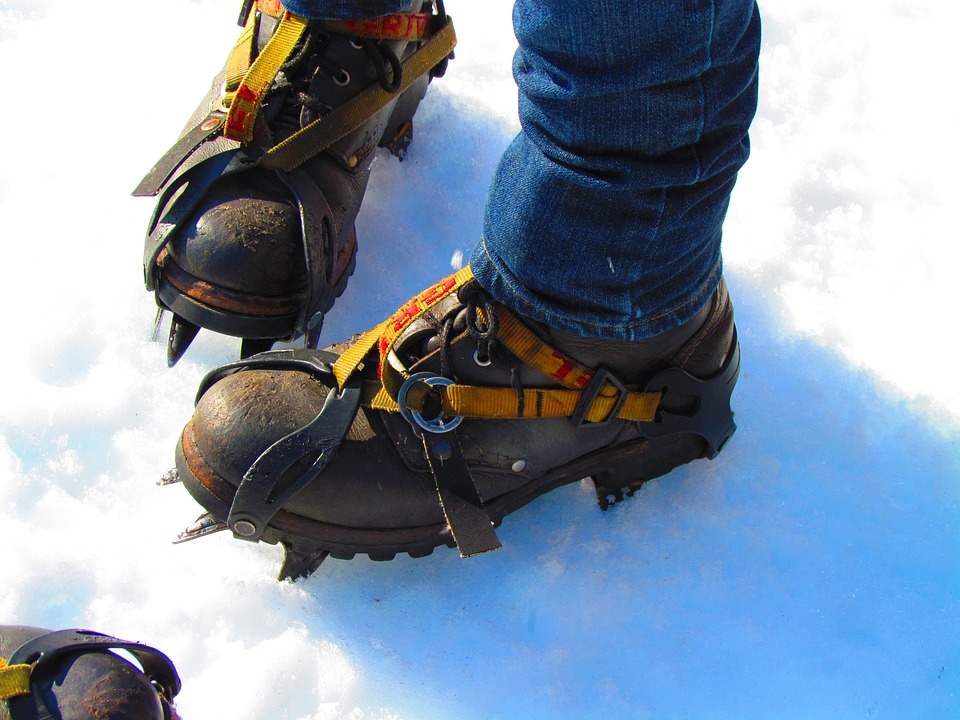
Sitting close to a hole in the ice, your passion shows no signs of cooling with your best ice fishing boots. Your friend shows off a small pike-perch, his catch of the morning. You are still out of luck. You have decided to stay longer despite the sub-zero temperature, hoping for a good catch. After an hour you feel you can’t stay any longer as you notice a leakage in the soles of your ice fishing boots. Sounds familiar?
While you may have gone by all the well-intentioned advice from your friends when you bought your boots, but you missed something.
Here are some simple but useful strategies you could consider while shopping for your ice fishing boots:
- it’s all in the seams
This is the critical component. It all depends on the way the seams have been done: The boot should have seam-sealed workmanship that is waterproof; else the seams will fall apart after some time.
You’ll perhaps want to buy the boots that cover your feet and also a sufficient bit of your leg. Many boots these days come ten or more inches high. That coverage will give you ample protection for your heel and ankle. However, you should also try and ensure that your boot isn’t too long, because that will make it difficult to move around.
You might also see some boots with tips of steel on the toes or ankles. These steel tips are there to act as an extra layer of protection to safeguard your feet from getting hurt by any sharp items or icy surfaces. Tips of steel are suitable only if you’re going to be on rough surfaces and run the risk of passing through the debris.
- Keeping the feet warm is very important
Remember that ice fishing in colder regions needs boots with better insulation. You may probably be wondering:
How do I take care of the insulation?
Well, here are some tips:
- Look for thermal foam
- Thins late is also a good option
- Removable liners for extra cold conditions
- Lace-up front is a good idea too.
Some more things to know:
- 200g insulation is suitable for fall and spring temperatures.
- 400g insulation is better for freezing conditions
If you can, please check the stiffness of your boot before you purchase it:
Rigid boots are often suitable when you are going for ice fishing, as these will keep the pressure away from your body. They also are convenient for handling rougher and icier surfaces. While ice fishing, you will often find yourself staying immobile in the same spot for long periods of time, and stiffer boots are meant exactly for these situations.
Rubber boots are designed to be more flexible:
Hence these are not great at providing you with the required stiffness. These types of boots are suitable if you’re going to move around a lot while you’re outdoors. You have to be extra careful while using these boots, as they are likely to start bending too soon.
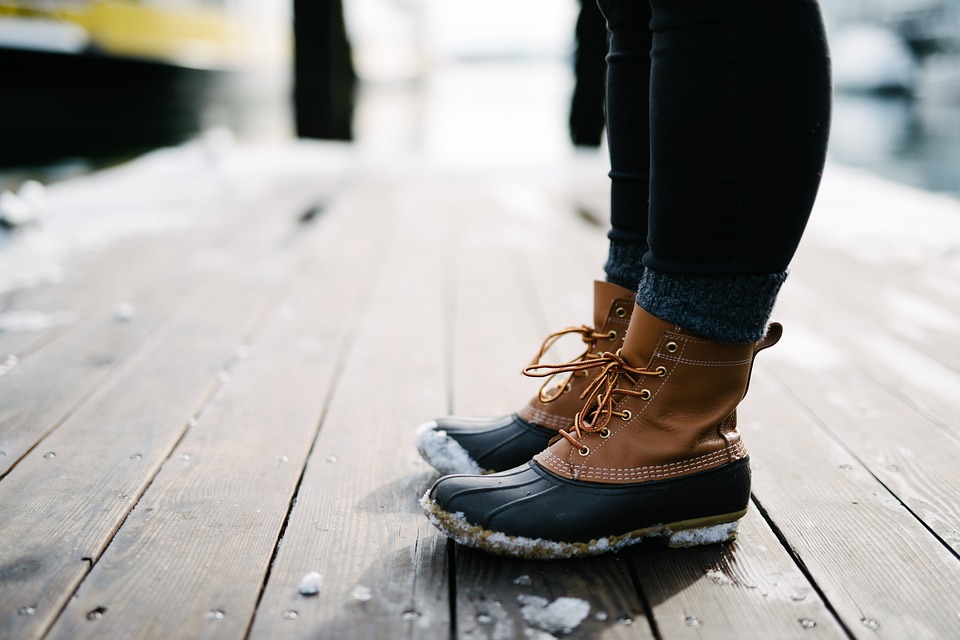
If you want to know how to choose a hunting boot, then you should read this article.
- Go for an extra size
It is better to choose a size that is half a size more than what you need:
You also need to wear thick socks on the inside. At the same time there are boots that are of bigger sizes than labeled, so check on the sizes in advance to get your decision on size right.
- Choose the fastening option suitably
Boots come with various options:
- buckles
- Zippers
- Laces
- Combination of these
Boots that come with heavy-duty zippers or buckles can be a good choice as they make it convenient for you to wear and take off the boots, even when you are wearing thick hand gloves.
- Durability
We are sure you want to go in for durable boots:
They don’t open after merely one season. Research well to make sure that the best ice fishing boots you’re evaluating are strong enough to handle the extreme conditions that you are going to expose them to.
Some materials to look for:
- Leather
- Nylon.
Majority of the boots are very robust and well-crafted.
To get the best durability, you better consider purchasing some well-known brands. The materials need to be heavy-duty, and:
Most important, they should be usable in extreme environments, as you are going to go out in ice or frozen water.
- Traction
Look or the ice fishing boots that are designed with treads at the bottom so that you get a proper grip as you move over the snow and ice.
Being extra attentive to traction is mandatory to minimize the possible risk of accidents during your adventures on the ice.
Additionally:
The sole of a proper ice fishing boot has to come with some spikes. These spikes play an important role in keeping you firmly fixed on the surface. Else you will end up falling on your back.

Additional things that you should consider
While you are looking to find the boots suitable for you:
- Check the pattern of the soles. They should have sufficient openings and grooves. This will allow ice to move through them. Soles made out of strong rubber compound are longer-lasting
- Make sure that the laces are secure. Generally, there are metal clamps that hold the laces. These metal clamps should be easy to open so that whenever you need to change your laces, you are able to do so easily.
- Laces should be thick enough. Chances are that you shall be wearing gloves on your hands while tying them, so thicker the better.
- Boots need to be great sized: you shall wear thick woolen socks, which become another layer inside the boots, so there has to be space enough.
By now, you must have become aware to the fact that Ice fishing shoes are quite different compared regular hiking/walking boots.
They need to:
- Provide protection from the elements
- Mandatorily be waterproof
- Have sufficient thickness in the sole to keep the feet safe and warm.
You best ice fishing boots also need to be comfortable because:
- You are going to wear them for longer periods of time.
- You need to be prepared as you are going to face the elements of extreme weather conditions
Wishing you a great fishing time this summer.

